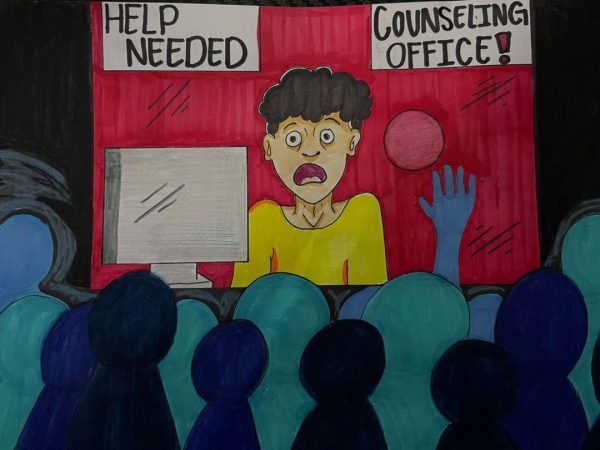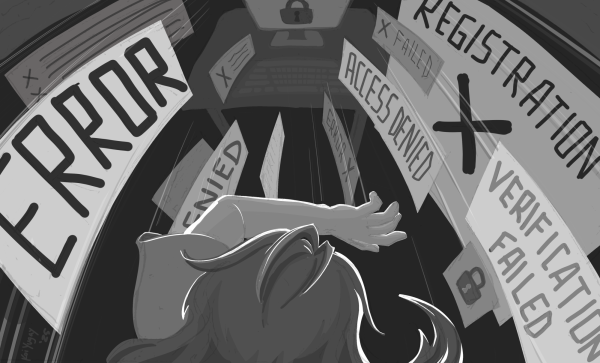Costly election bill must find an alternative payment plan
EC must allocate money to an unexpected election bill while students continue to suffer from anticipated budget cuts.
Tuition is on the rise and classes are being cut each semester.
Colleges aren’t only facing enormous cut backs, the state’s financial crisis continues to put the fate of higher-education at the forefront.
With a recent election bill of $1.1 million from the November 2011 board of trustees’ election staring EC in the face, more panic has set in to the already tense budget talks.
The election came at a time when the Faculty Union was looking for a change among the board of trustees’ members and endorsed Wendy Doeh to run against William Beverly, who has served five terms as a board member.
But Doeh became an elusive candidate who refused to make any public appearances or talk to any of the media outlets, according to an article in The Daily Breeze.
And the election posed no change to the board’s roll call.
Instead, EC was left with an unanticipated expenditure—$700,000 more than budgeted—and probable budget cuts in 2013.
As if EC isn’t already faced with dire restraints in these tough economic times, how will it pay for the election bill without affecting students?
Will more classes be cut, programs slashed or tuition increased?
These questions put many on edge and have people wondering where the college will come up with the money to pay for the election bill.
It is times like these when the best interests of the students should be grossly considered when making monetary decisions.
EC should also take into consideration future budget cuts if Gov. Jerry Brown’s tax initiative—a tax increase that would allocated 11 percent of the revenue generated to community colleges—doesn’t pass in the November election.
With these factors up against higher-educational institutions, students are the ones to feel the brunt of these cutbacks.
While there are talks surrounding the use of the reserve fund to help pay for the election costs, the state’s unknown financial future might force EC to dip into this fund in order to uphold current classes and maintain the cost of tuition.
So if $1.1 million is deducted from the fund in order pay for the election bill, it will leave even less money for the college to fall back on in the upcoming years.
The reserve fund should instead provide financial help as it pertains to the operational costs of the college.
Therefore one possible way to help pay for the election bill might be applying for grants.
These grants would help cover some of the costs incurred and alleviate the pressure of paying for this unexpected expense out of pocket.
Another alternative would be to use some of the donations made to the college from organizations and alumni.
This is a way to reach out to community members and help generate investments for a local institution and would help EC pay for larger expenditures.
The college might also look at cutting spending.
One way to do so is by eliminating non-academic based classes, which ultimately have no impact on students’ higher-education and transfer plans.
Another opportunity for the college to generate revenue to help pay for costly bills might be to sell the naming rights to buildings, athletic facilities and labs on campus.
These donations for example, would give naming rights to sponsors and generate more revenue to the college.
With a few cost-cutting measures along with money-making alternatives, EC can help pay for costly bills without affecting student’s higher-education plans.









